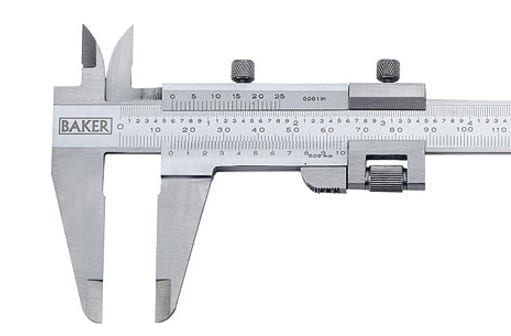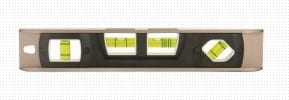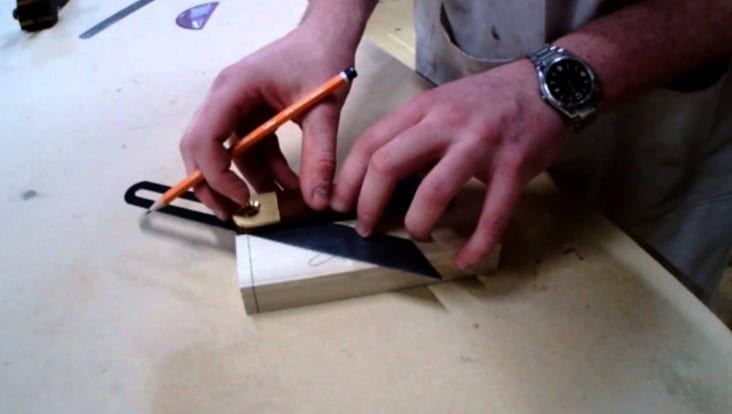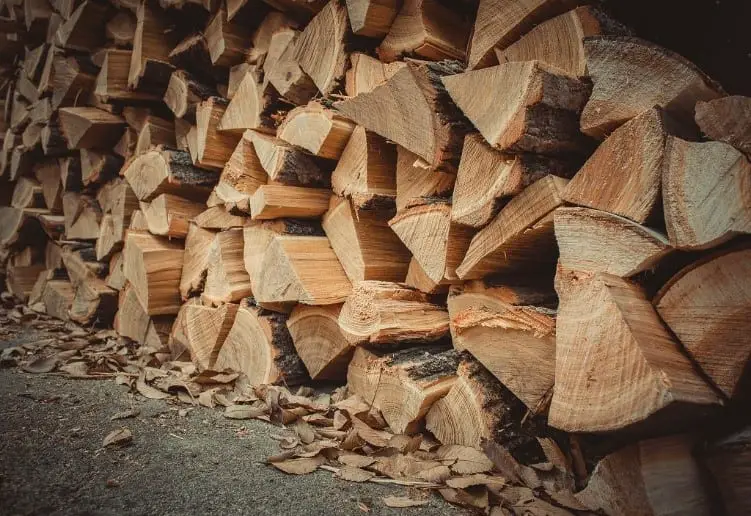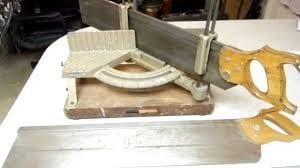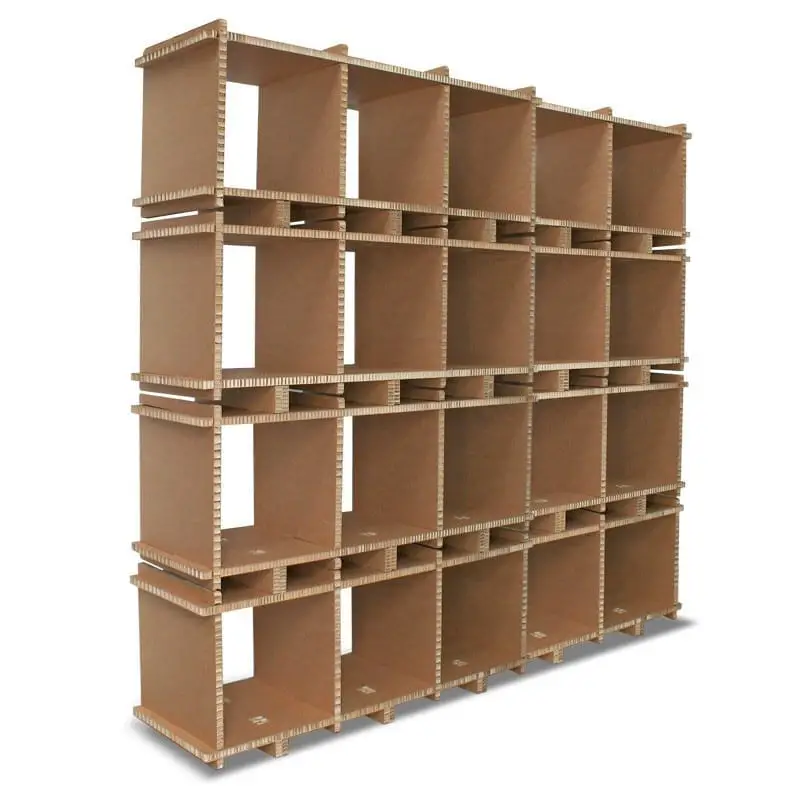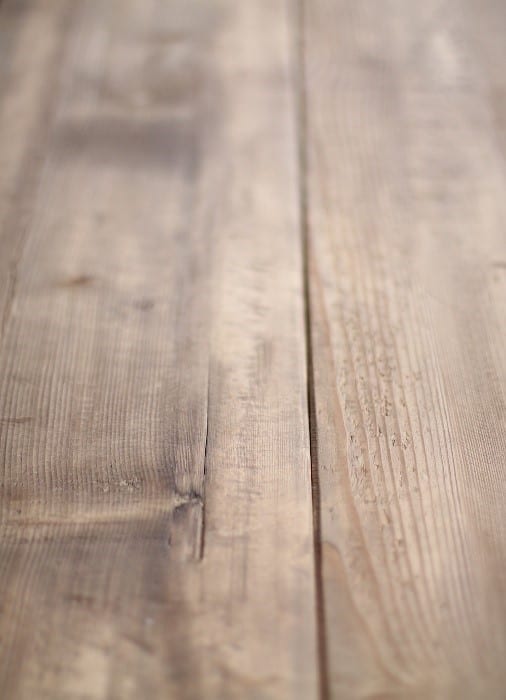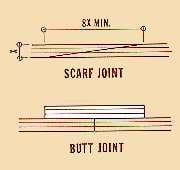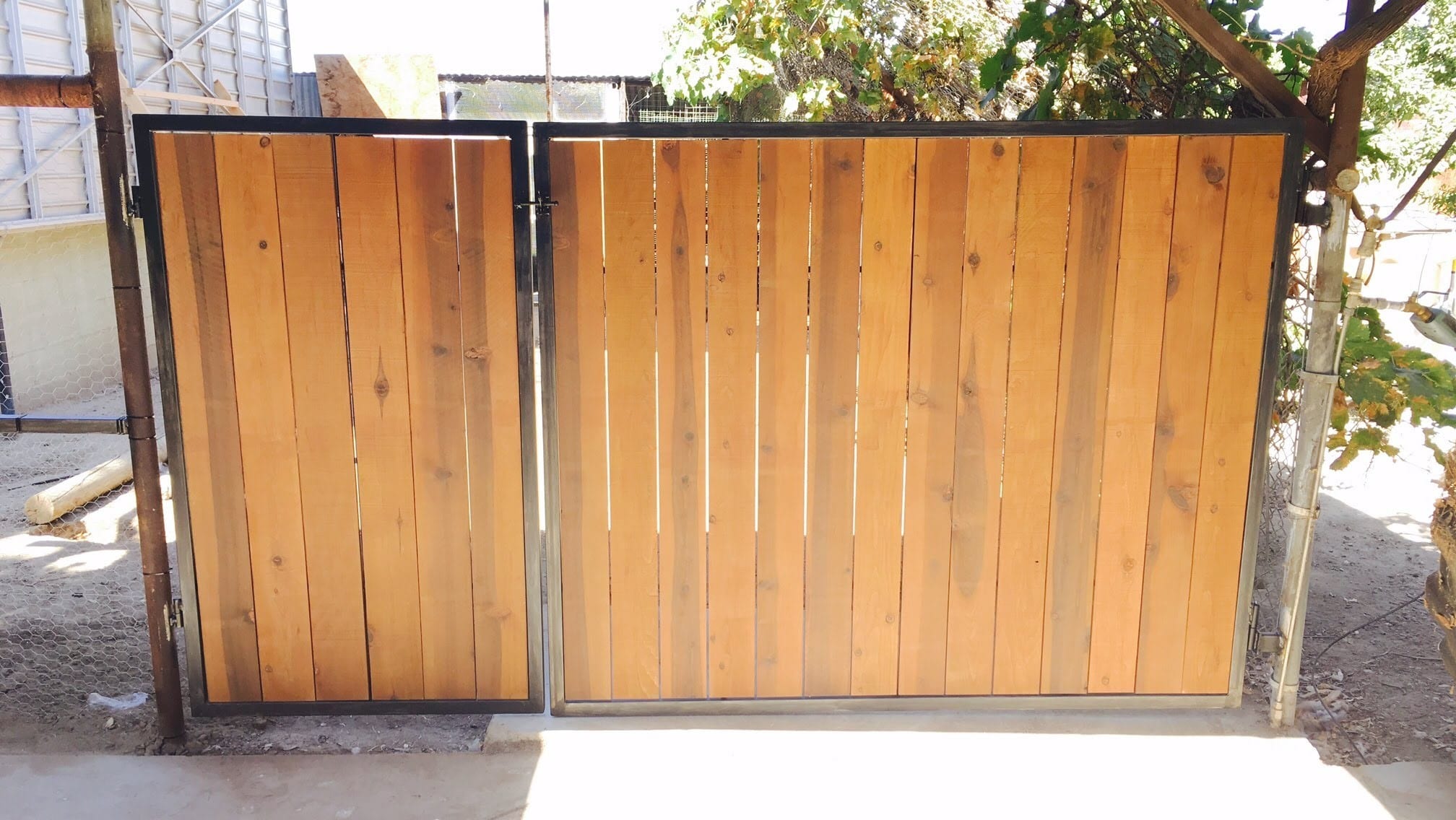Have you ever wondered how to use a caliper for woodworking? A caliper is a measuring tool used in many applications. In woodworking, it is a tool used to take precise measurements of a variety of things like the wooden work piece, metal pieces that will be used and more. Calipers take very precise measurements of smaller objects rather than larger ones.
Calipers can measure an opening, the width of a work piece and the inner and outer diameters of an object. And while a caliper looks very intimidating, especially for a beginner woodworker, learning how to use this measuring tool is easy and will help you become an efficient worker or hobbyist in the future.

Step by Step Instructions on How to Use a Caliper
1. Learn about the parts of a caliper
The Vernier caliper has two jaws. The larger or the main one is used for measuring the external diameter of an object while the smaller ones will be able to measure the internal diameter. The larger scale is also called the main scale and is fixed. The sliding scale that open and closes the jaws is called the Vernier scale.
The caliper is mostly made of heavy duty stainless steel that won’t change its shape no matter how often it’s used. However, you may also find Vernier calipers made of hard plastic and wood.
2. Understand the scales found on a caliper
You can see that the caliper has scales that read like an ordinary ruler. The main scale of a caliper is marked with numbers in inches or centimeters. Smaller divisions are also found in between each numbers. The Vernier scale has a label that tells the user what the scale represents.
If there are no labels on the Vernier scale, then it is safe to say that the numbered lines represent 1/10 of the smallest lines that represent 0.1 inches, therefore each division the sliding scale is 0.01 inches.
The main scale can be easily read however, the Vernier scale numbers need a magnifying lens to read. This allows the caliper to read measurements more precisely than an ordinary ruler.
3. Check the scale before any measurement
Check the scale of the smallest divisions by counting the number of lines between the two numbers of the Vernier scale. This will indicate the distance of the smallest lines on the scale. For instance, the numbers on the Vernier scale is 0.1 inches and there are five lines between the lines. So 0.1 inches /5 is 0.02 inches. This means each of the unnumbered lines is 0.02 inches.
4. Prepare the piece to be measured
Now that you are more familiar with the parts and the measurements of a Vernier caliper, prepare the item or piece that you want to measure. Clean the object and make sure that there is no grease, dust or grime that can affect the results of the measurement.
5. Prepare the caliper to take measurements
Loosen the screw of the caliper, if there is a locking screw on the device, to start your measurements.
Then, close the jaws of the caliper to make sure that these faces to zero before making measurements to make sure that you get a precise reading. Ensuring that the reading is zero is important because if you do not do this, you will need to correct the results for the zero error.
Correcting for zero error
- If the zero on the sliding scale aligns with 1mm on the main scale then there is a positive zero error of +1mm. Deduct 1mm form the measurements that you got.
- If the zero on the sliding scale aligns with the left of the scale zero then you have a negative zero error. Line up the two zeros by sliding the Vernier scale, check to see the size of the error. If the 0.5mm mark moves from the 1mm mark to 2.1mm mark then the zero error is -1.1mm. You must add 1.1 mm to the measurements that you have taken.
6. Now it’s time to use the Vernier caliper
Take the object and place it in between the jaws of the caliper. Slide one of the jaws against the item that needs to be measured. The larger jaws should be used to measure the distance across the object while the smaller jaws are used to fit inside an opening of an object.
Take note that the smaller jaws can be pushed outwards to measure the inside of an opening. Once the jaws are in position, tighten the screw or locking screw to save the measurements.
7. Read the measurements on the main scale
Read the measurements on the main scale first. Read the number where it lines with the zero of the Vernier scale. The main scale provides the whole number along with a decimal. This is read just like a ruler is read, measuring to the zero mark on the Vernier scale.
If the zero on the Vernier scale lines up with the 3-inch mark of the main scale then the measurement is 3 inches. If the zero on the sliding scale lines past 3 inches about six tenth-inch marks then the measurement is 3.6 inches. Use the smaller value if the result is found between two lines. Do not estimate.
8. Now read the measurements on the Vernier scale.
Locate the first mark on the Vernier scale that lines up with any line on the main scale. This will tell you the value of any additional digits. If the 9 on the Vernier scale aligns with a line found on the main scale and the main scale represent 0.01 inch increments then the 9 is 0.09”.
9. Combine main scale and Vernier scale readings
Add the main scale results and the Vernier scale results to get the final answer. The correct units for each result should be used to get a correct result.
10. Care and maintenance of your caliper
A Vernier caliper should be kept clean and free from any debris which could affect its precise reading. So after making any measurements, wipe the jaws clean as well. Use a clean cloth to wipe it or you can use paint thinner to remove any paint residue.
Vernier calipers usually come with a storage case; always keep the caliper inside this case to make sure that this is safe and secure.
All about digital calipers
Digital calipers are also available to use. These provide accurate measurements that are read in a digital screen. Although digital calipers are very popular, especially for young woodworkers, traditional calipers are still preferred by experienced and professional woodworkers and hobbyists. If you are a novice woodworker, it’s best to learn how to use and read traditional calipers first before you use modern digital measuring instruments. Digital calipers are mostly used in scientific and technical industries rather than woodworking.
Conclusion
A Vernier caliper is one of the most precise measuring tools. It is preferred by most professional and experienced woodworkers for its precision and efficiency in providing correct measurements. Learning how to use a caliper is important for any woodworker to be able to create precise and perfect projects at all times.
Aside from measuring with a Vernier caliper, care and maintenance of this measuring tool is a must. A caliper could accumulate dirt and grime after using it on different objects and therefore it has to be cleaned carefully before it is stored away. Finally, there are traditional calipers and there are digital calipers. Learning how to use a traditional caliper is necessary before moving to a digital device to understand the concepts behind the use of a caliper in making precise measurements.
Do you have suggestions on how to take accurate measurements with a Vernier caliper? Tell us through the comment section below. Lastly, share this article to someone you know would love to learn how to measure with a Vernier caliper.
